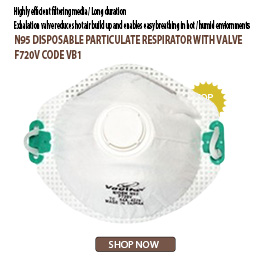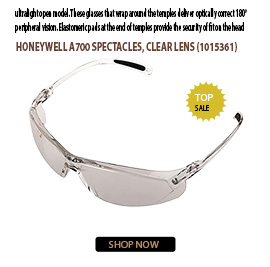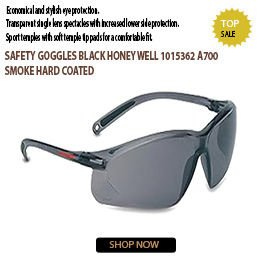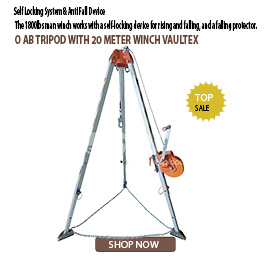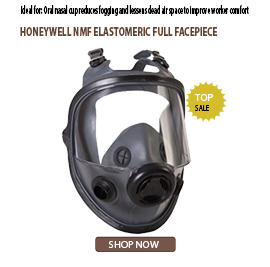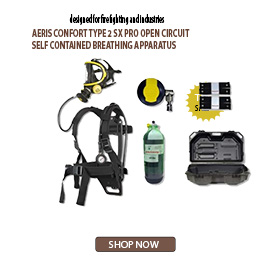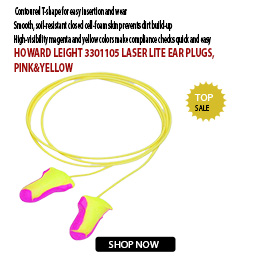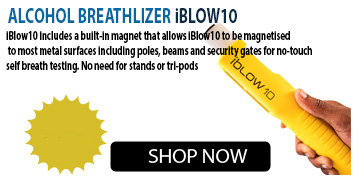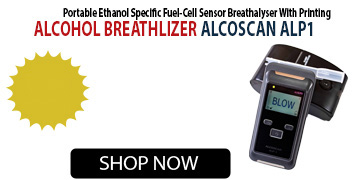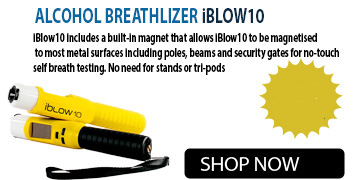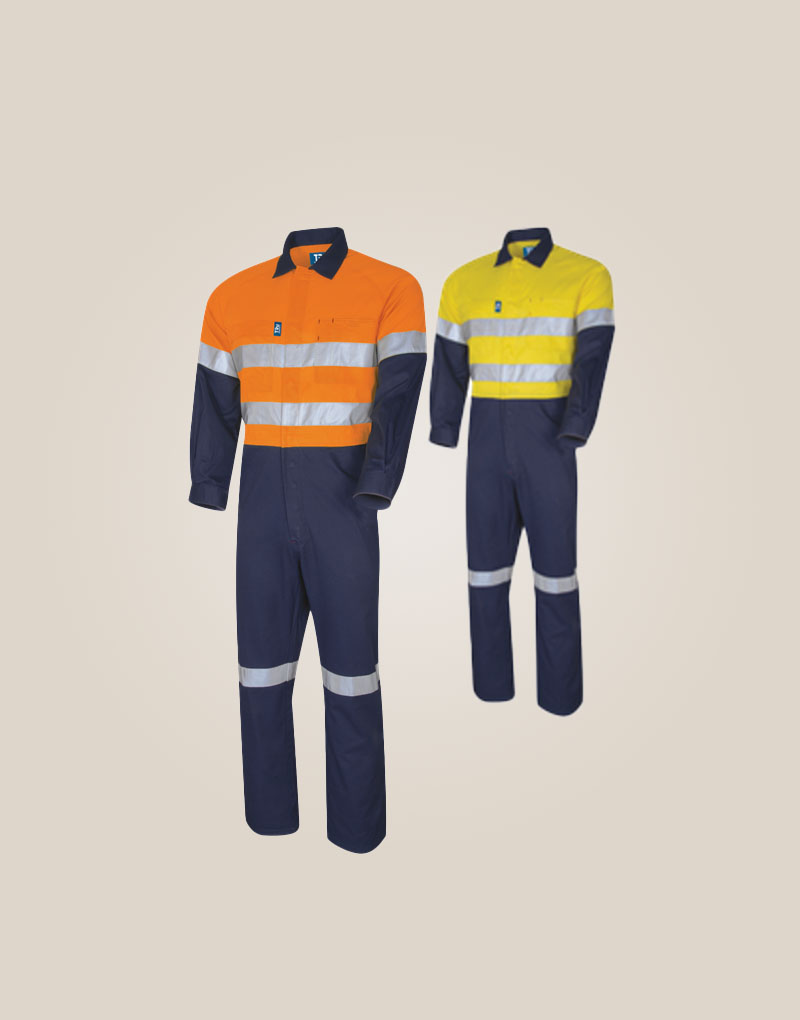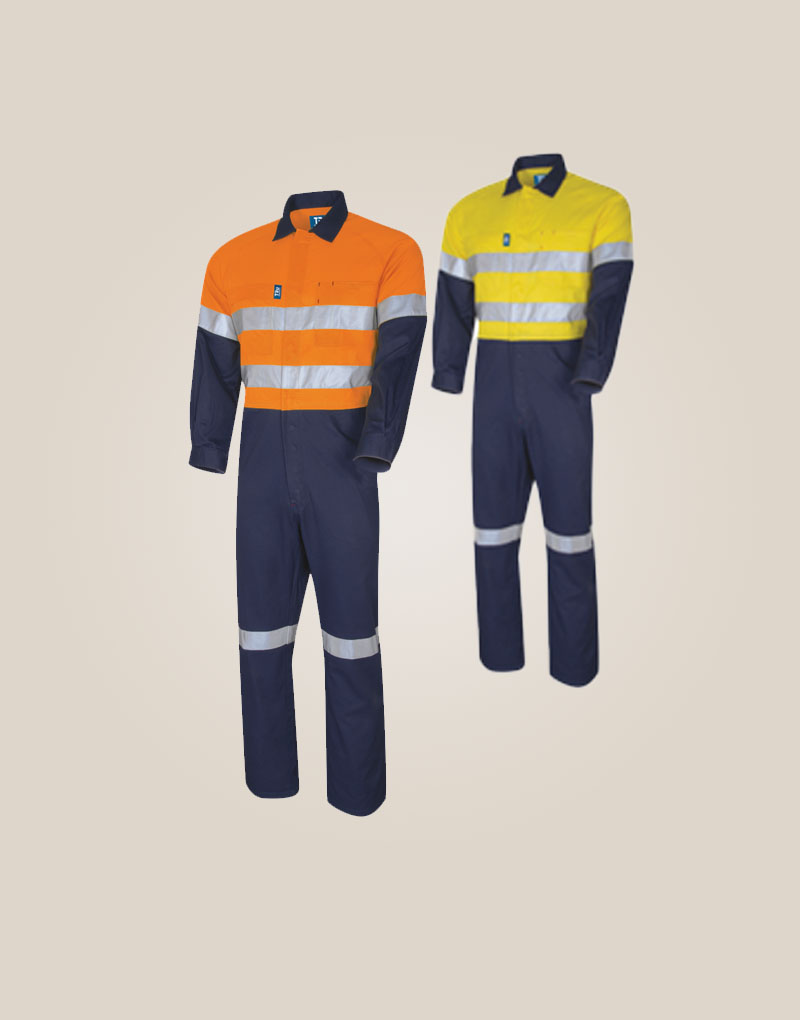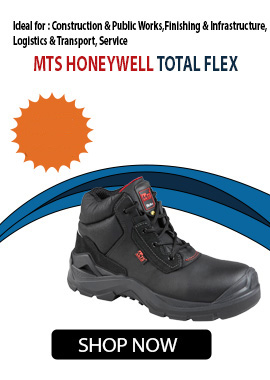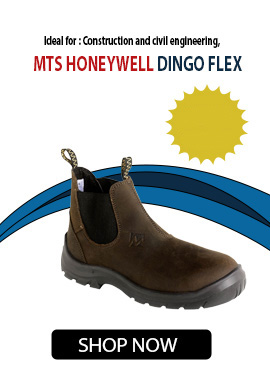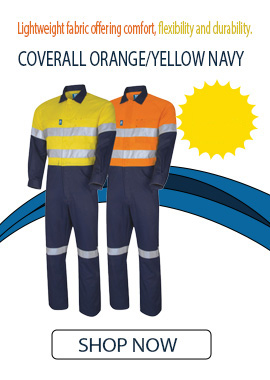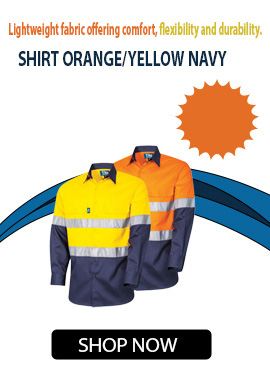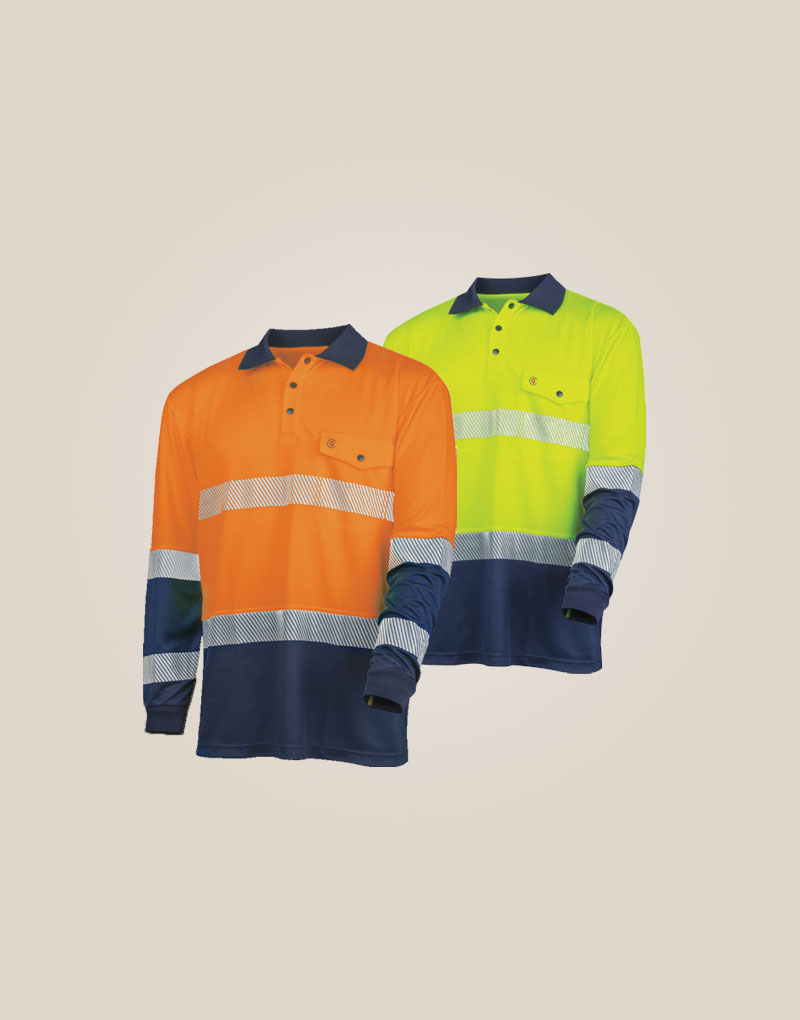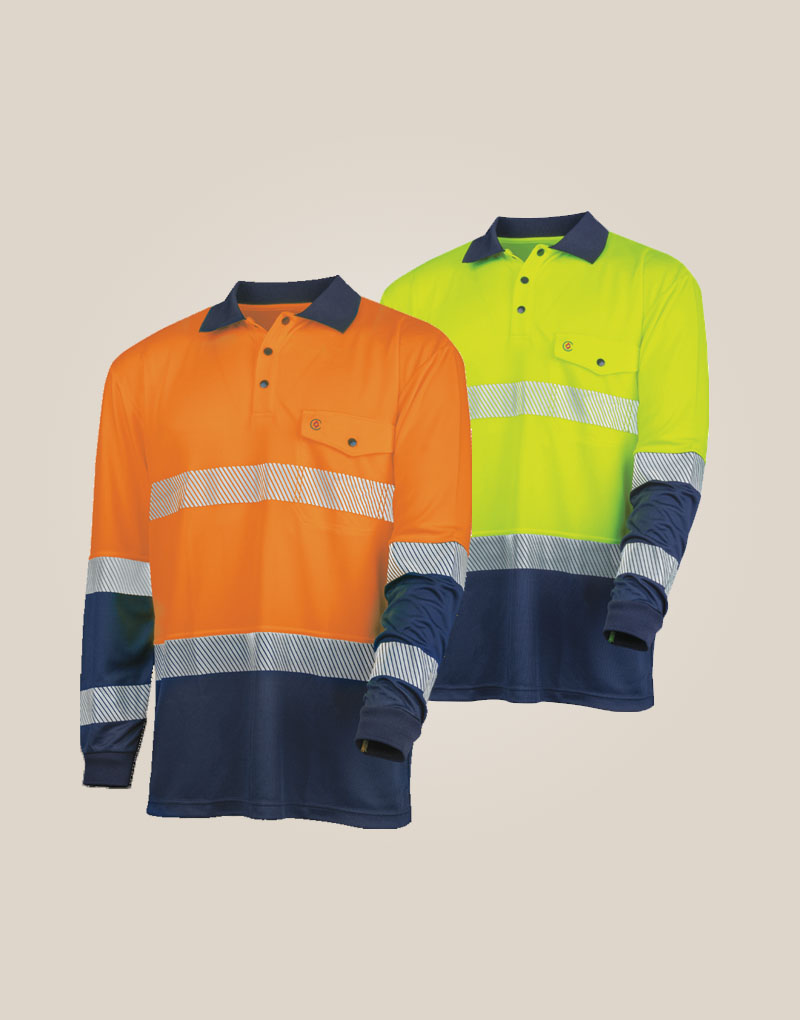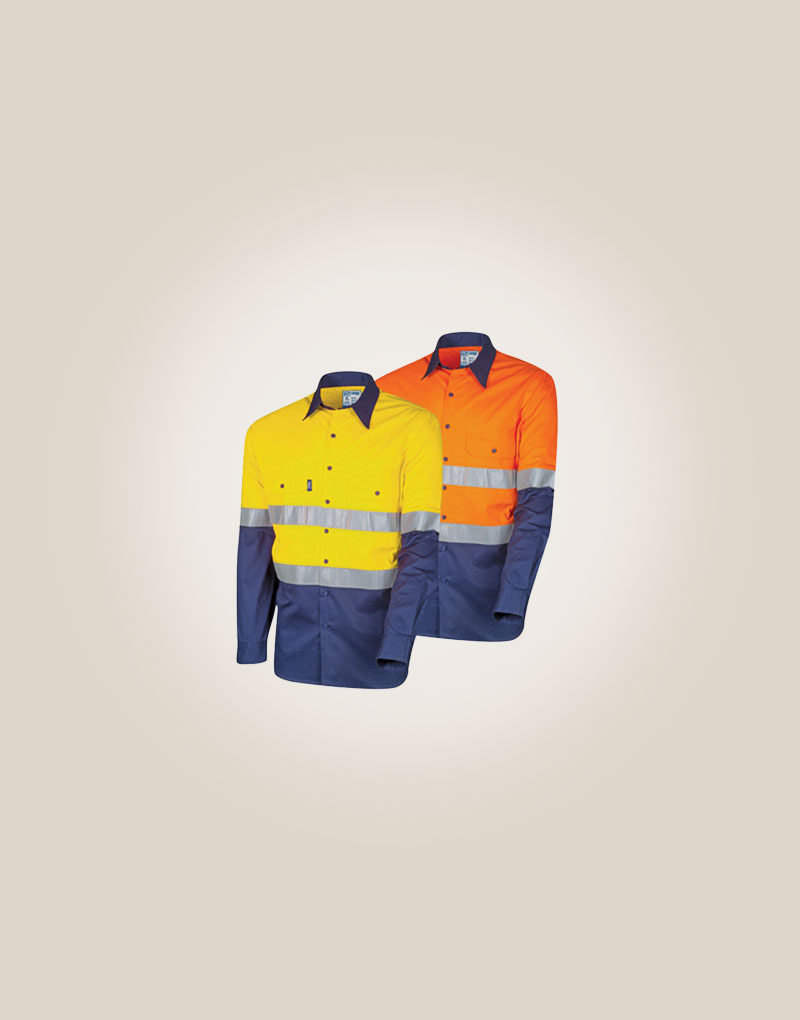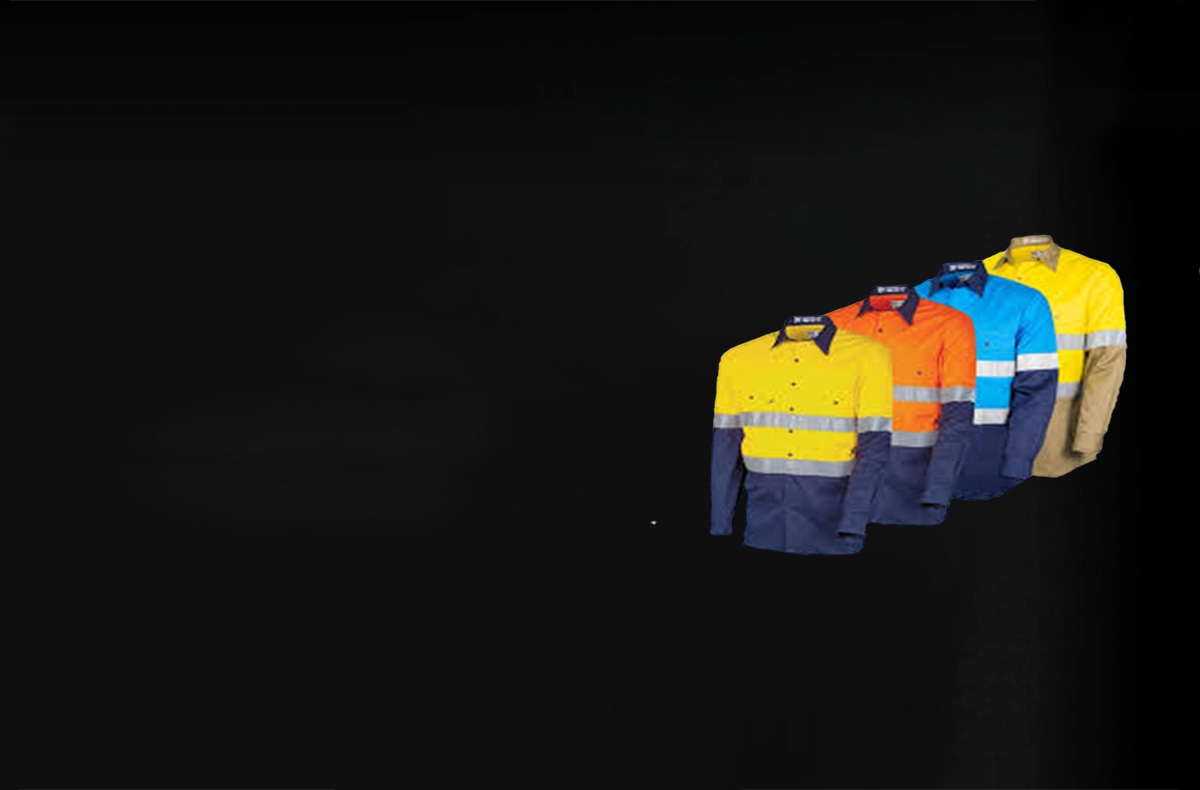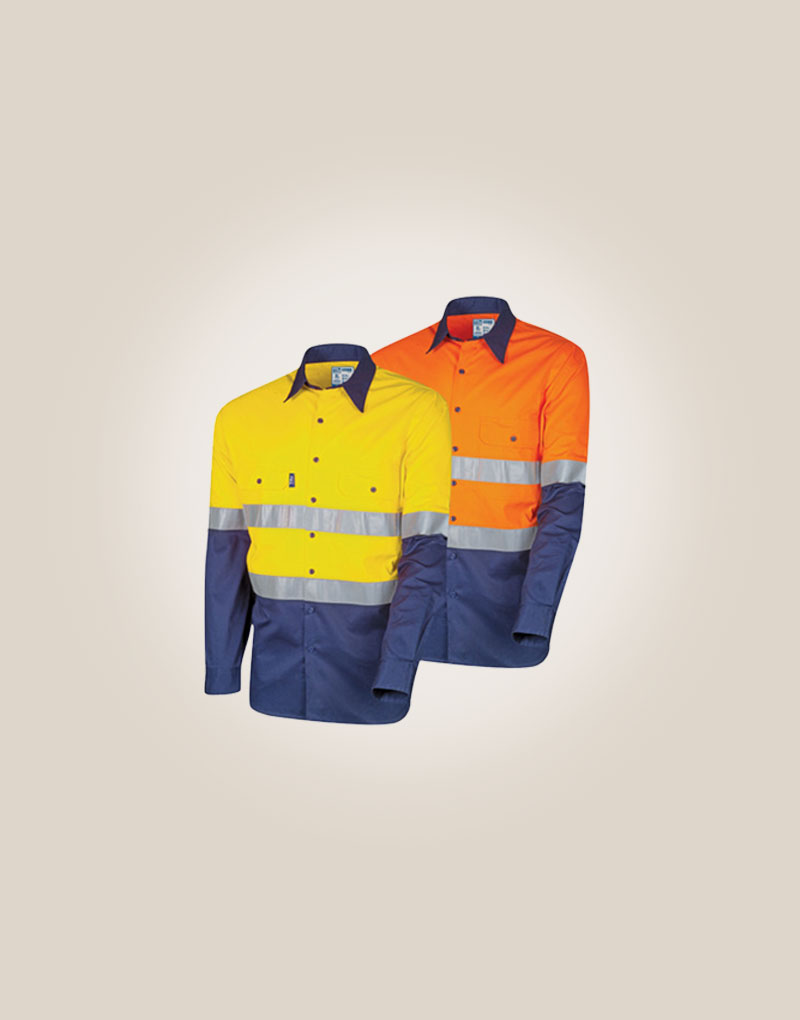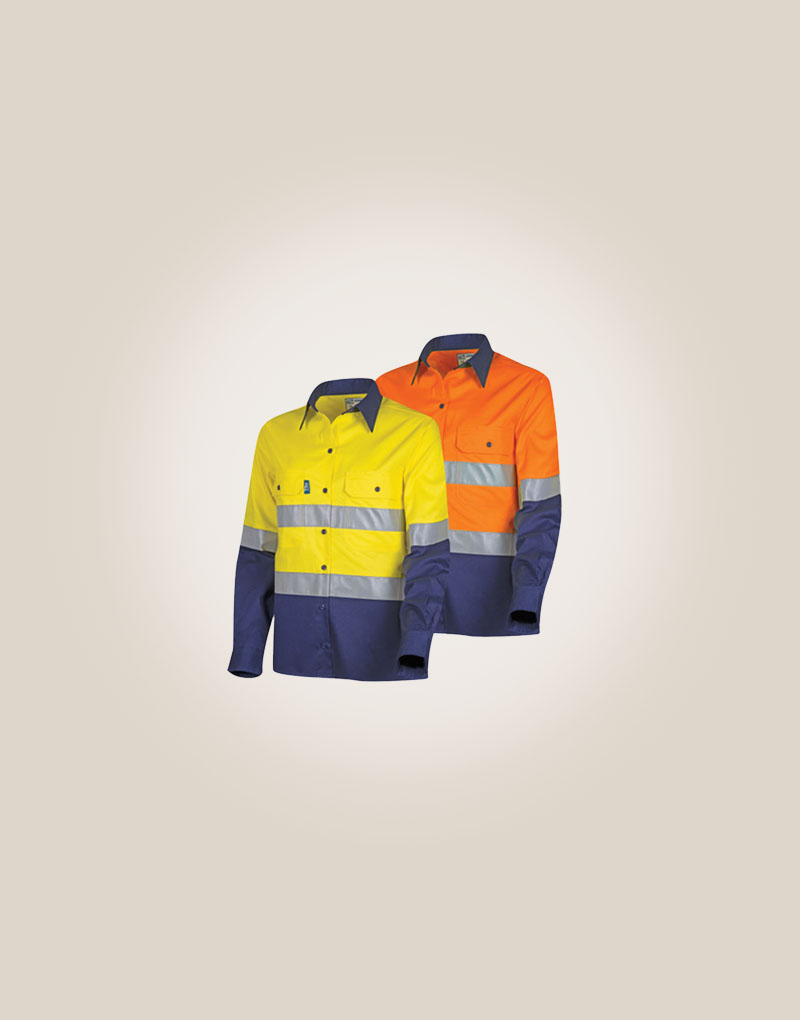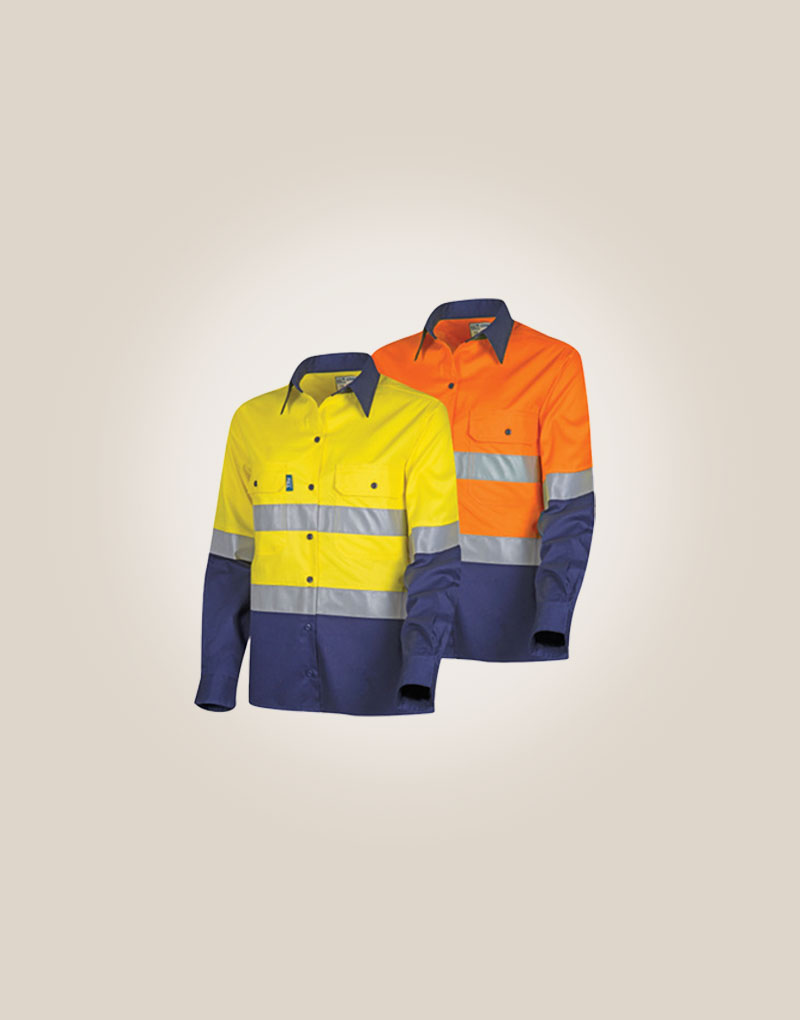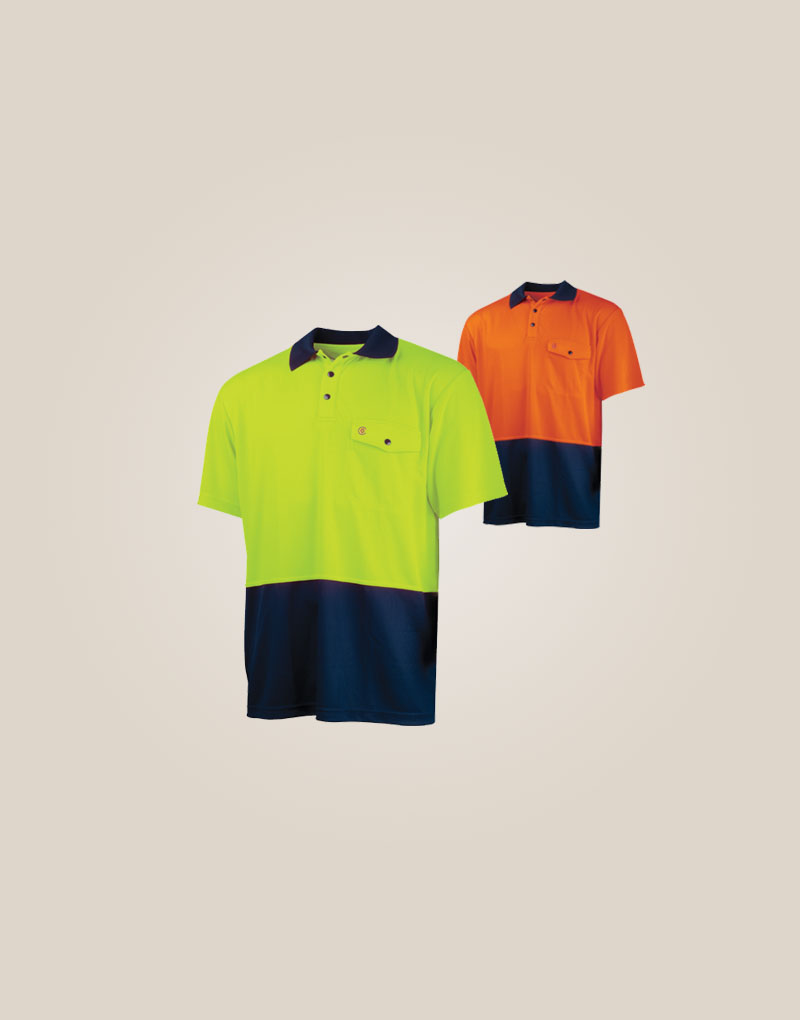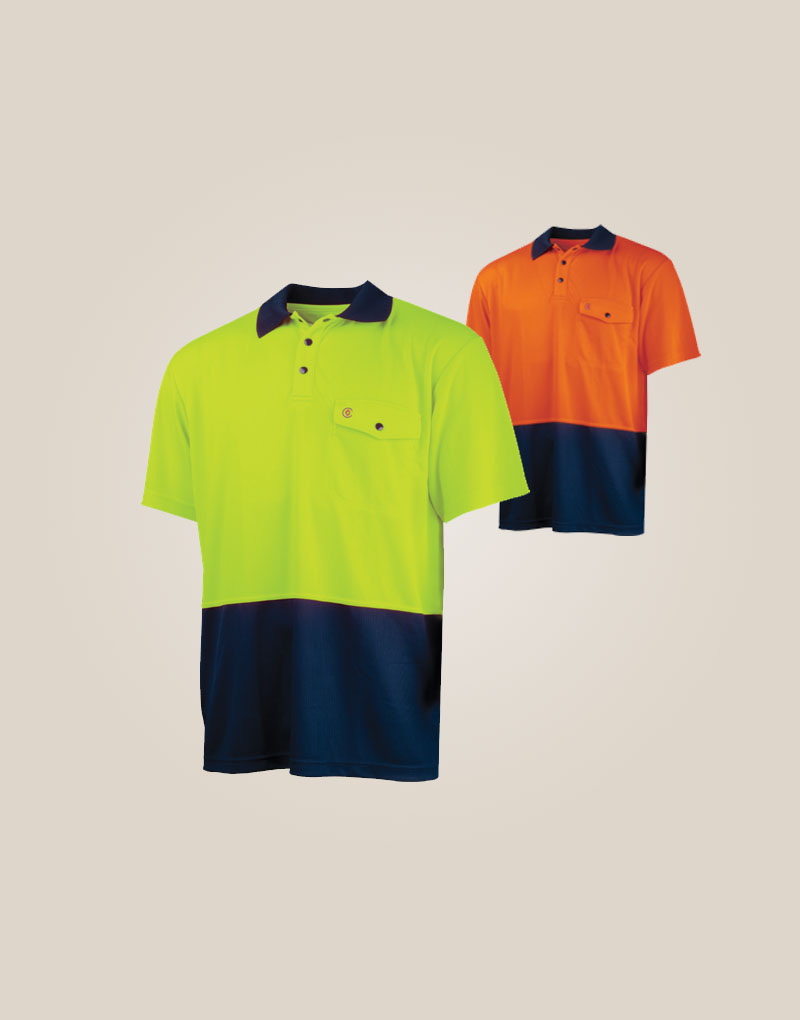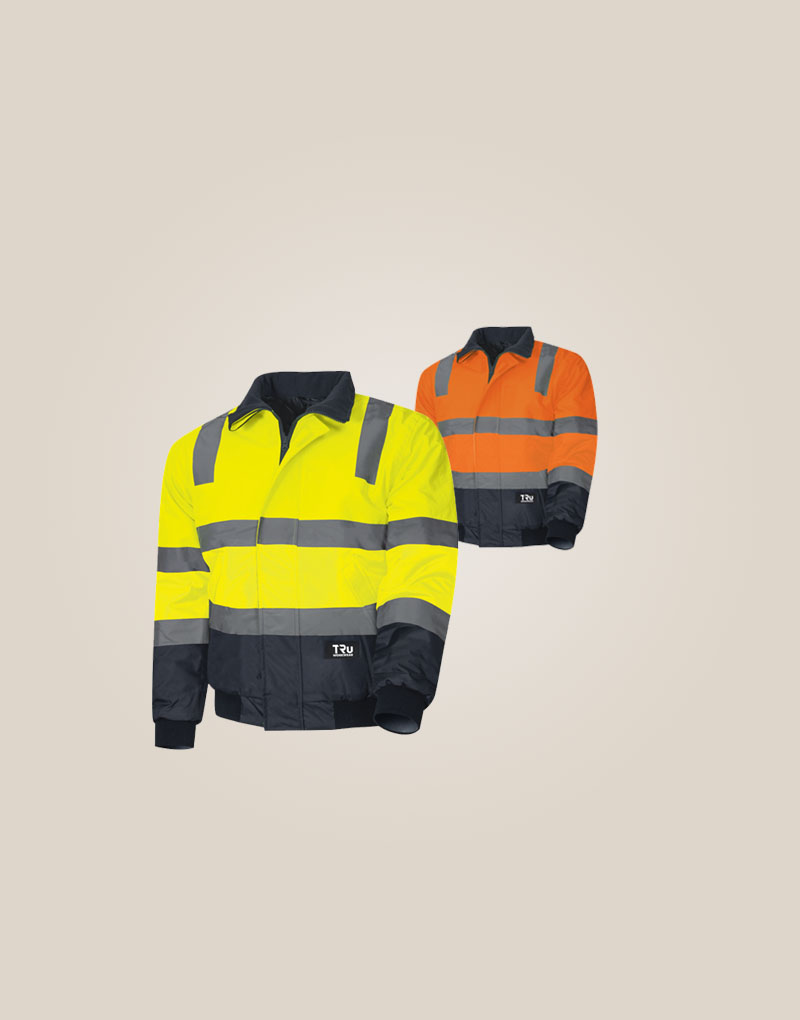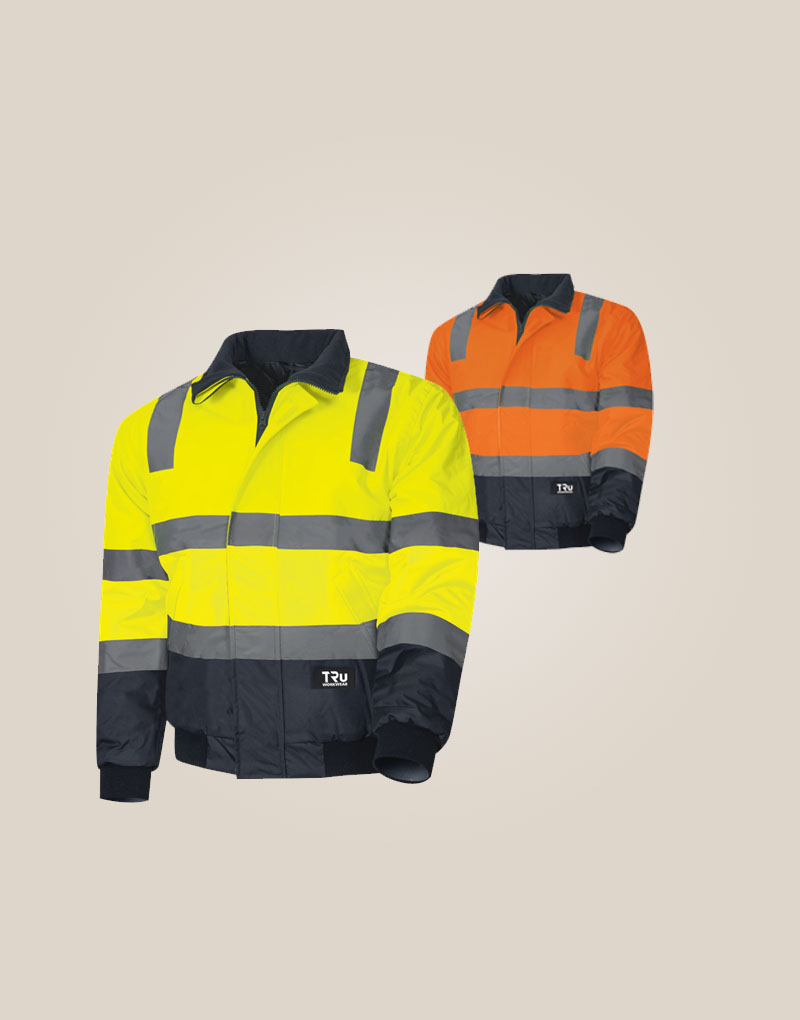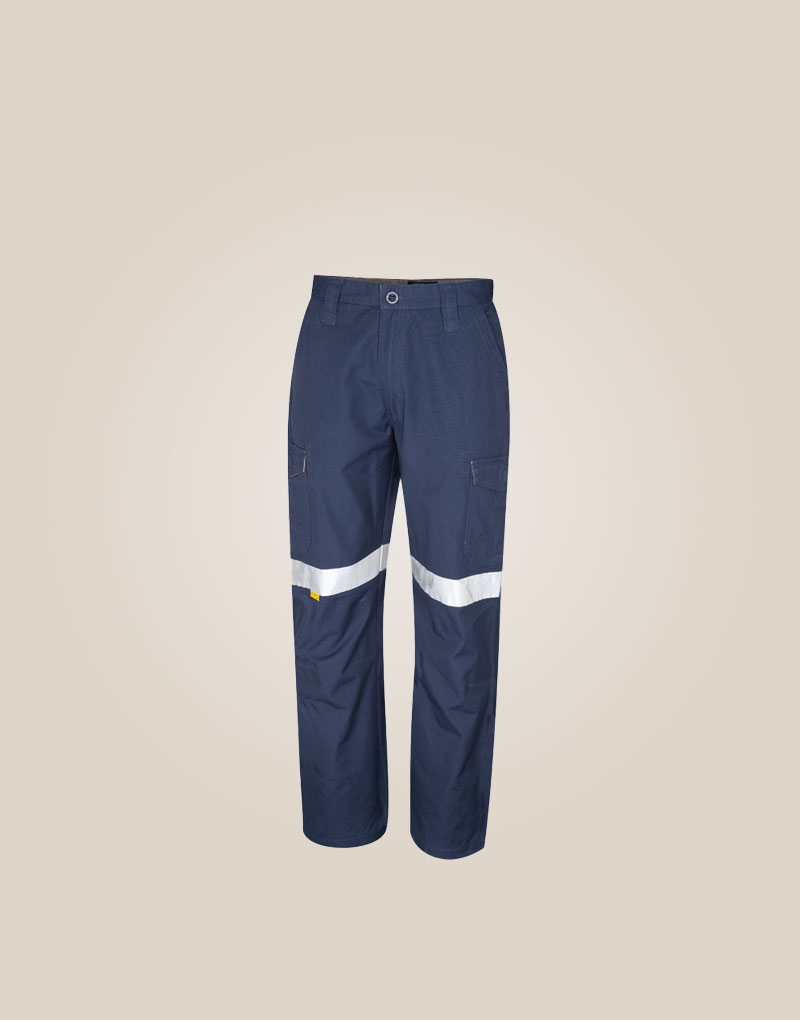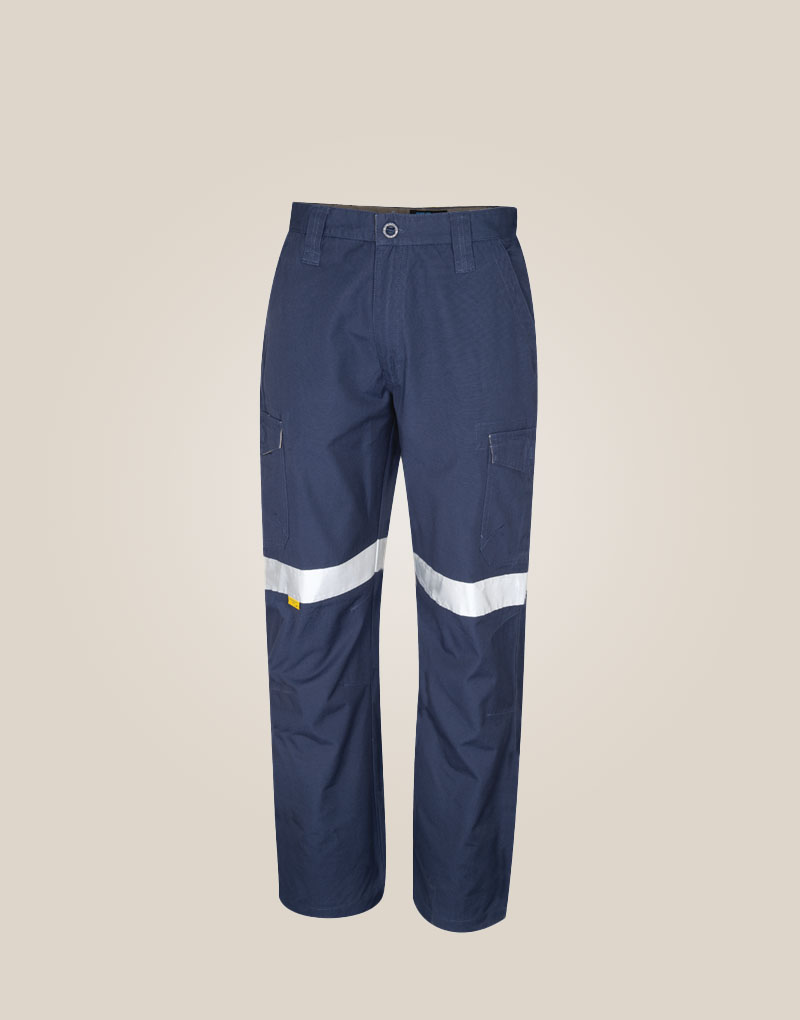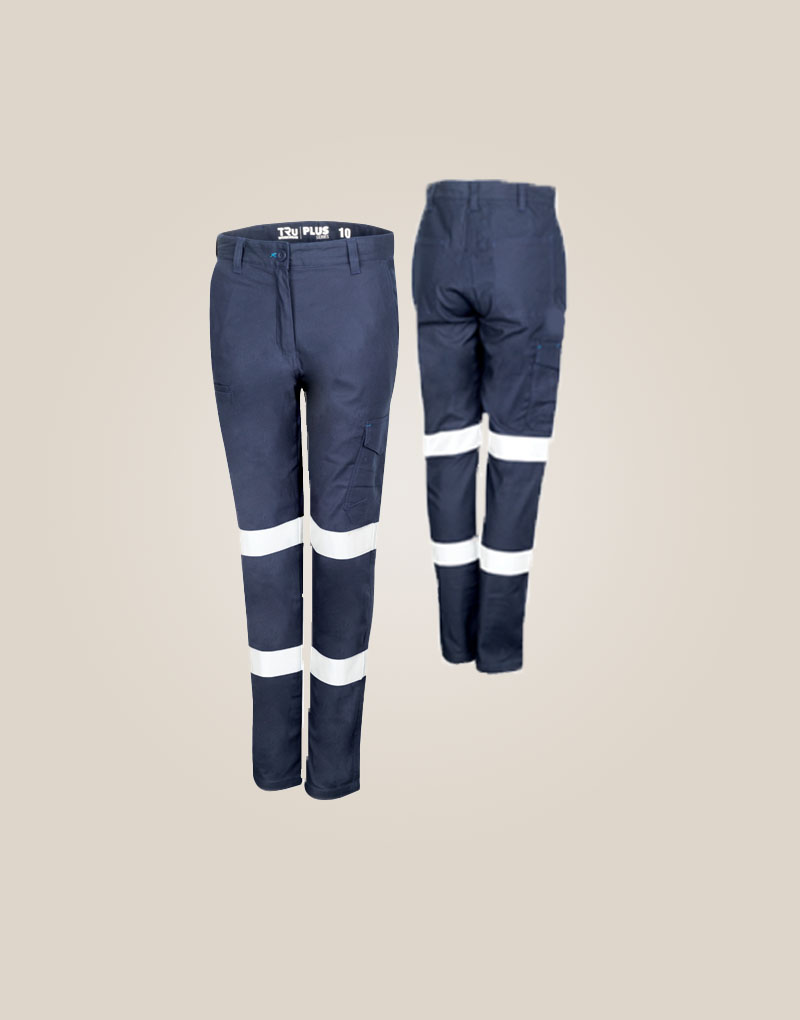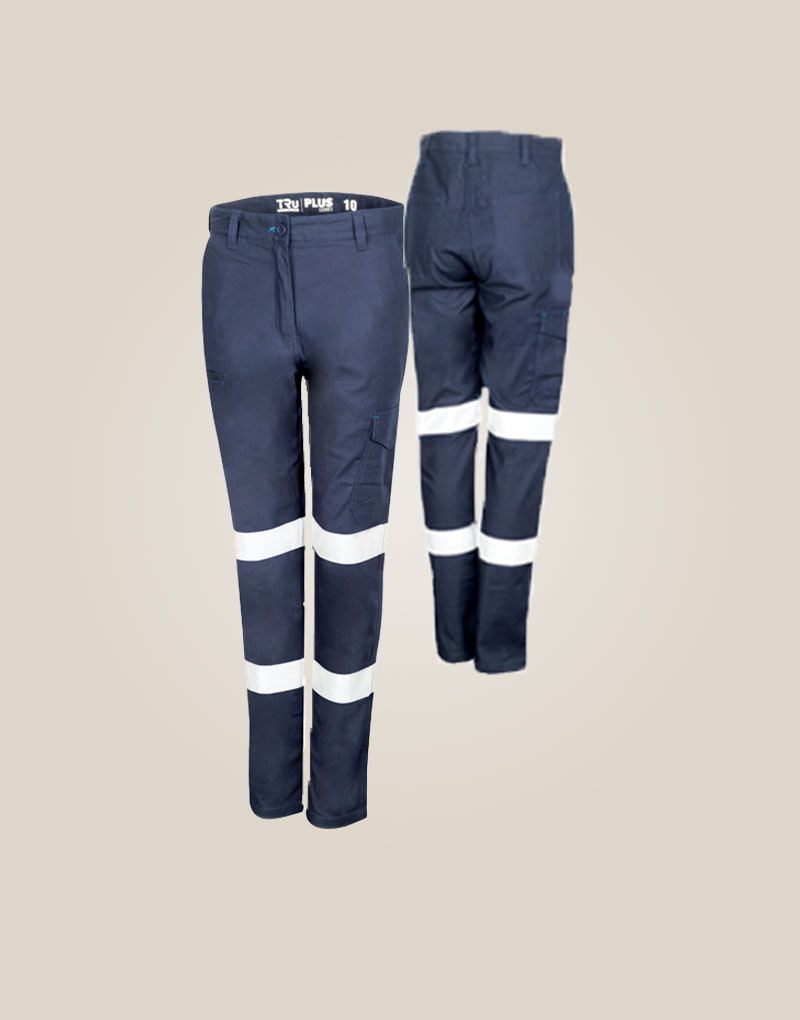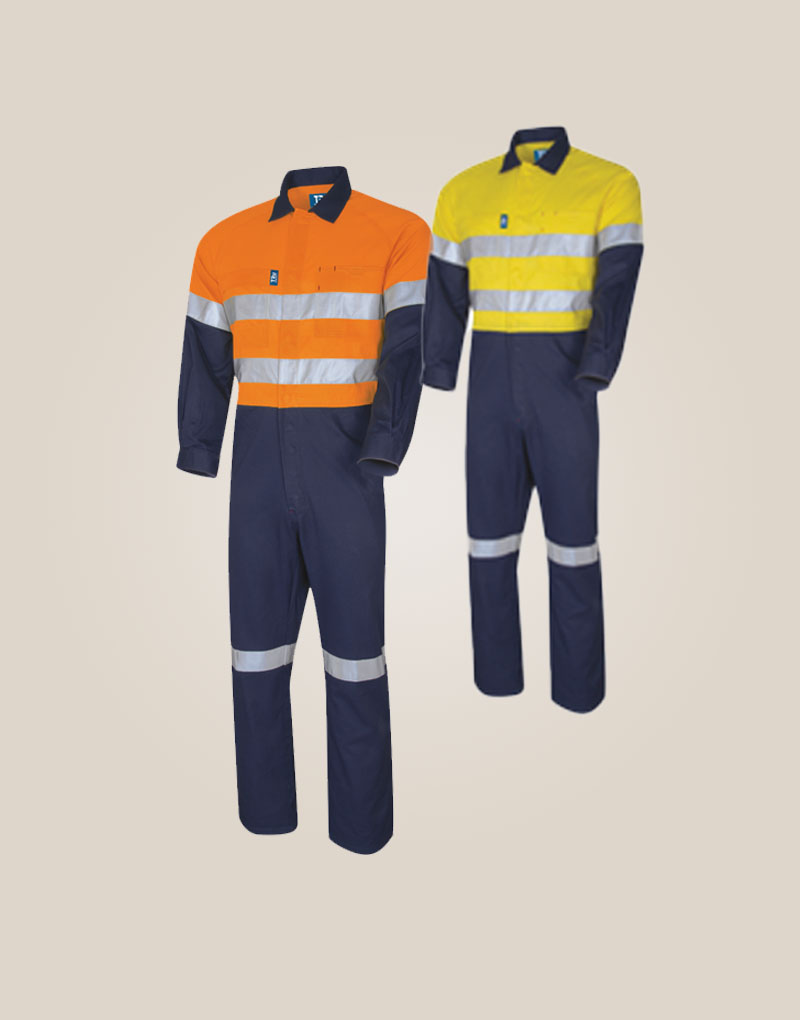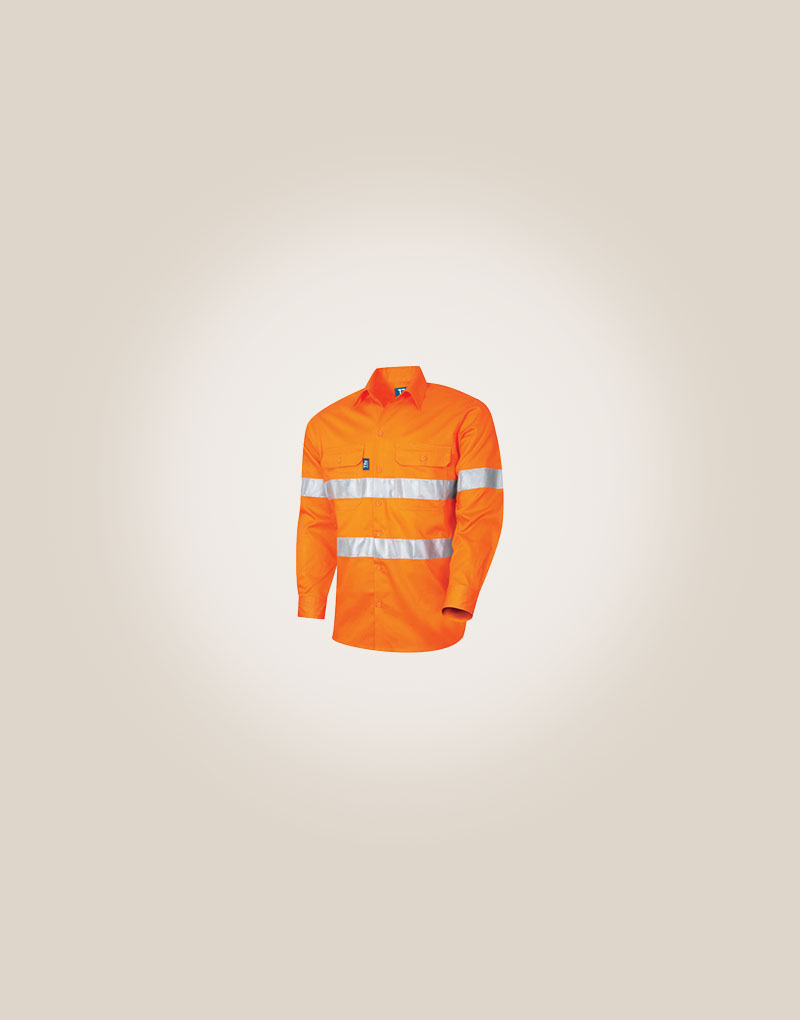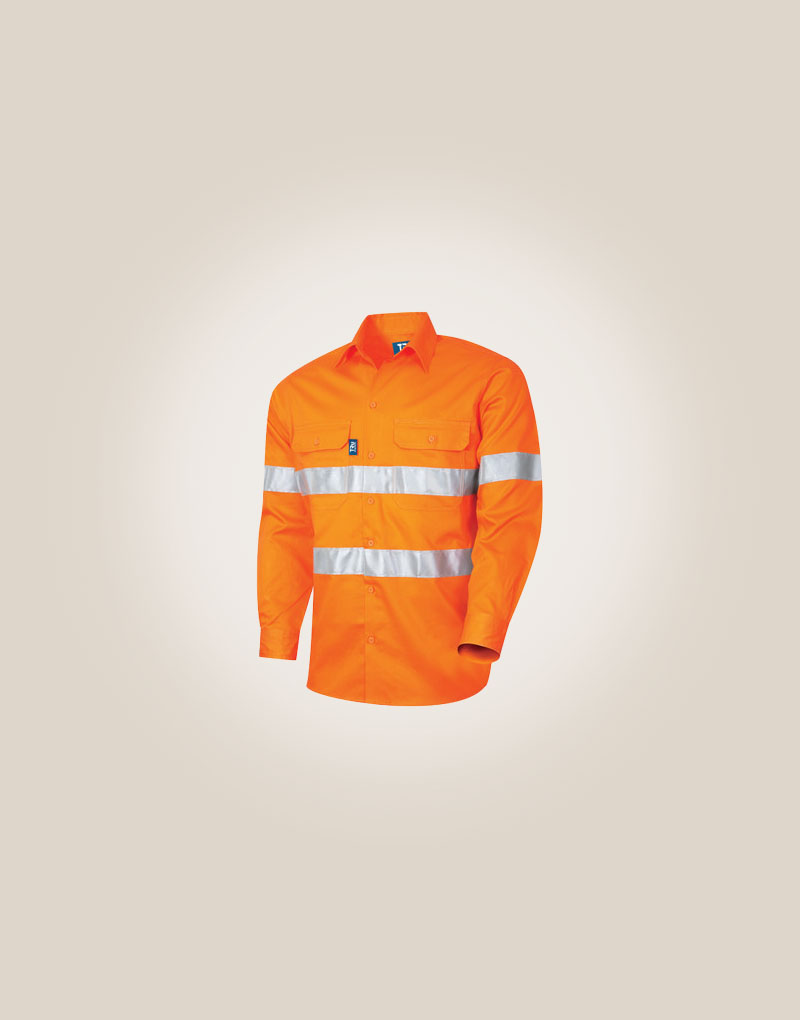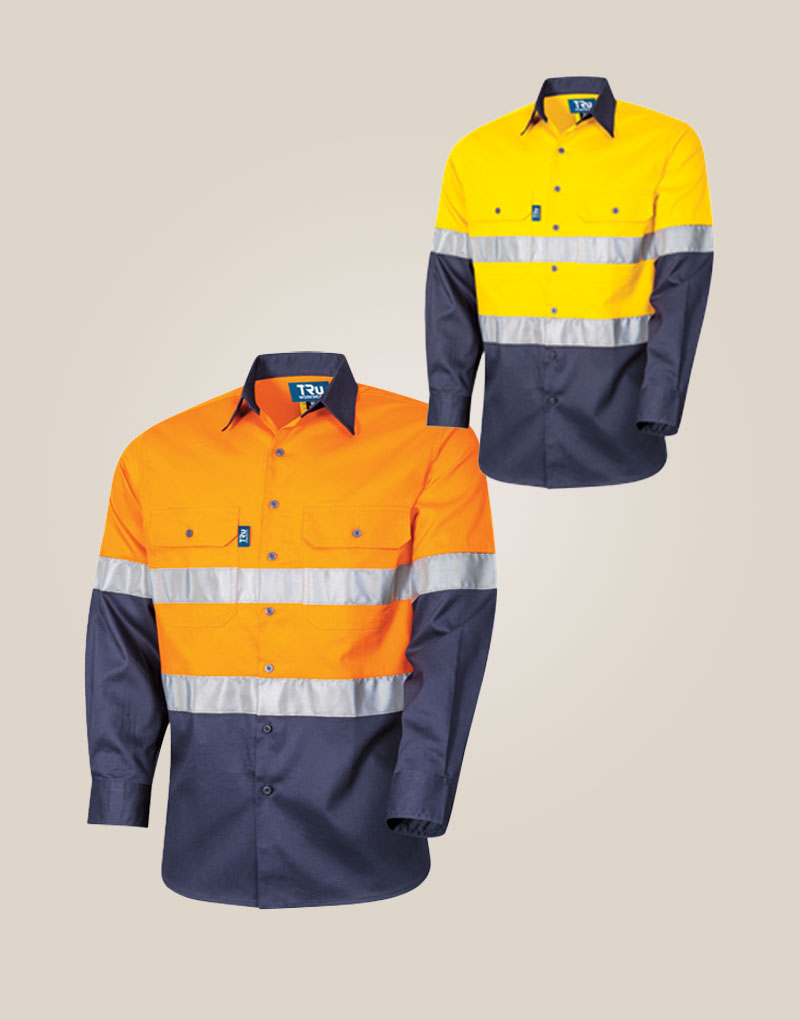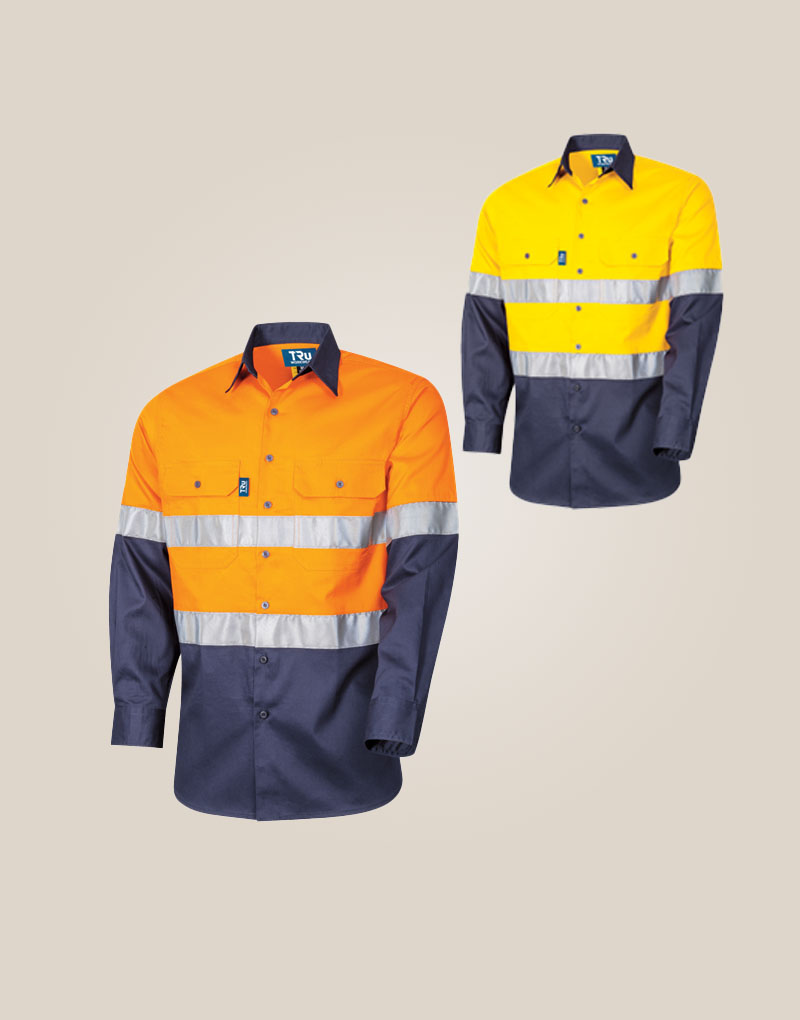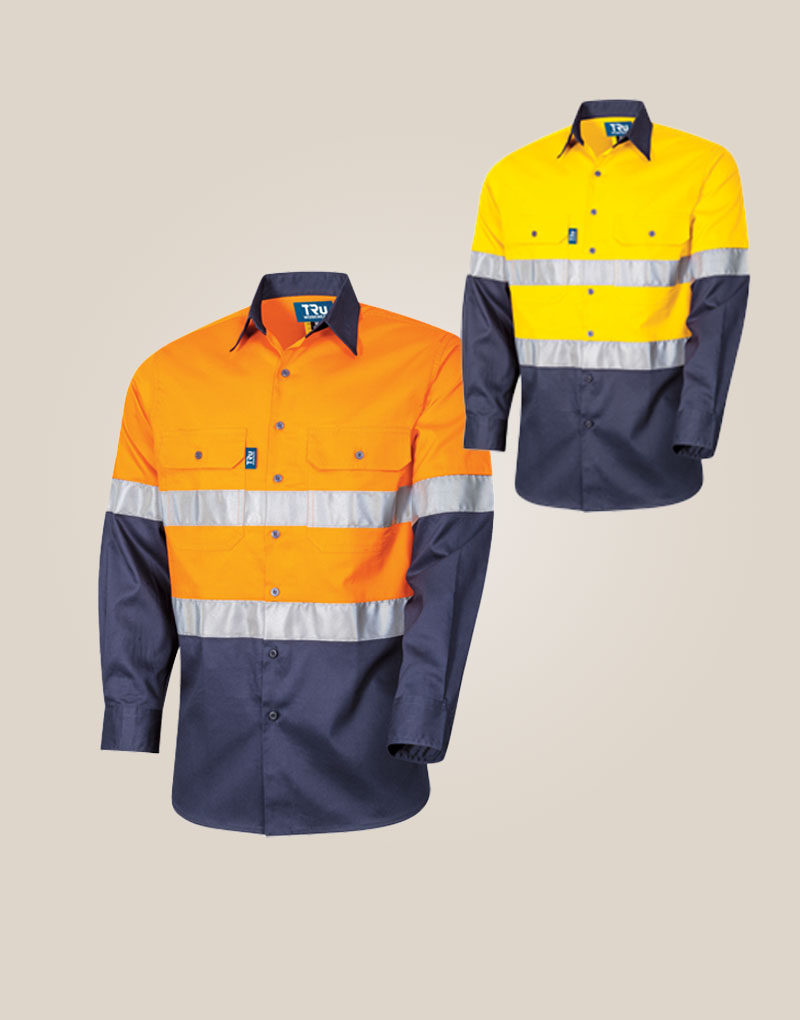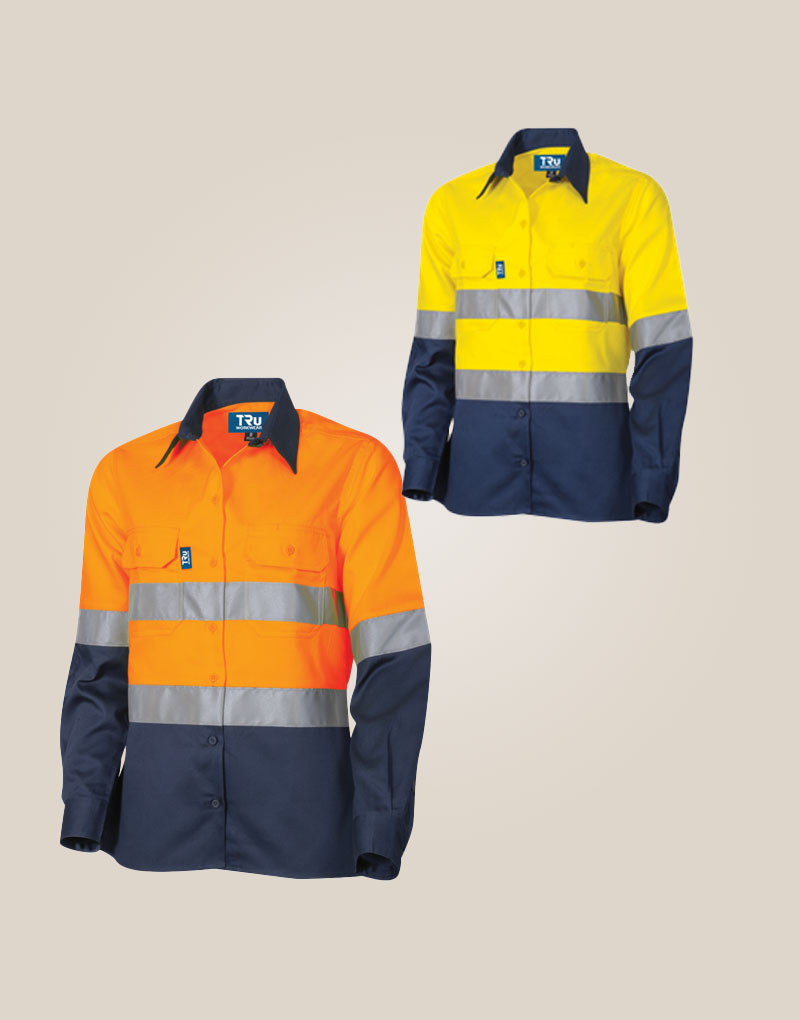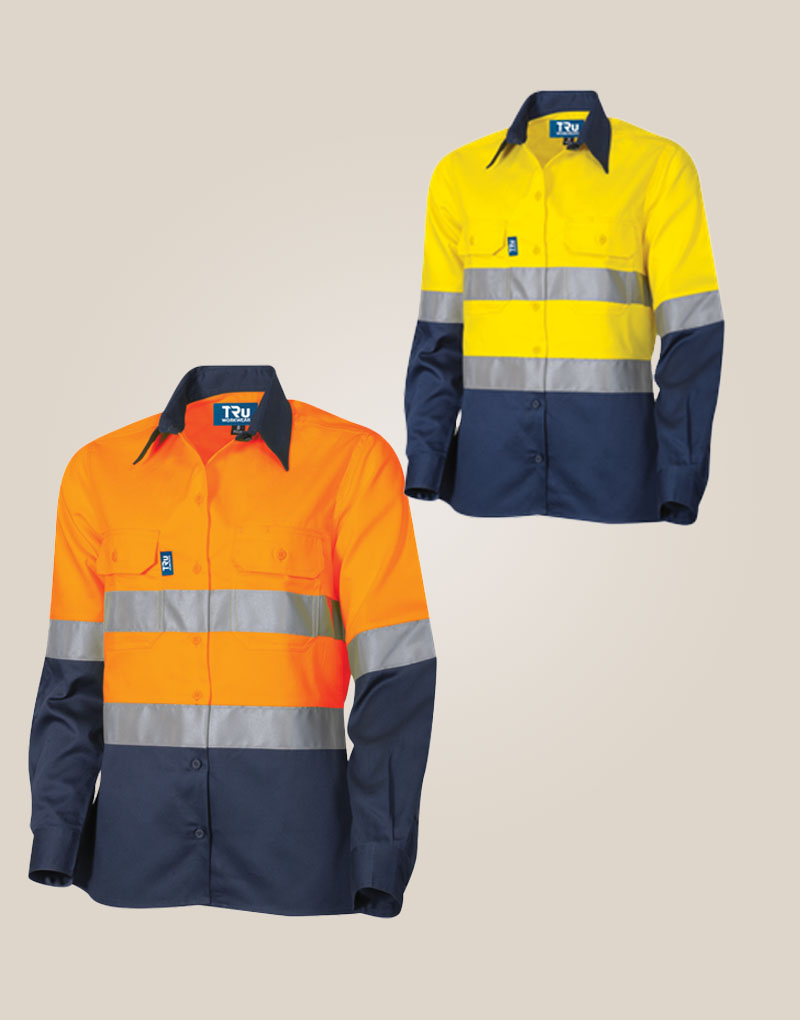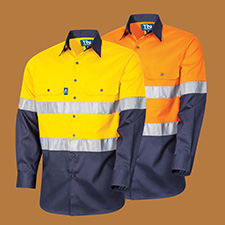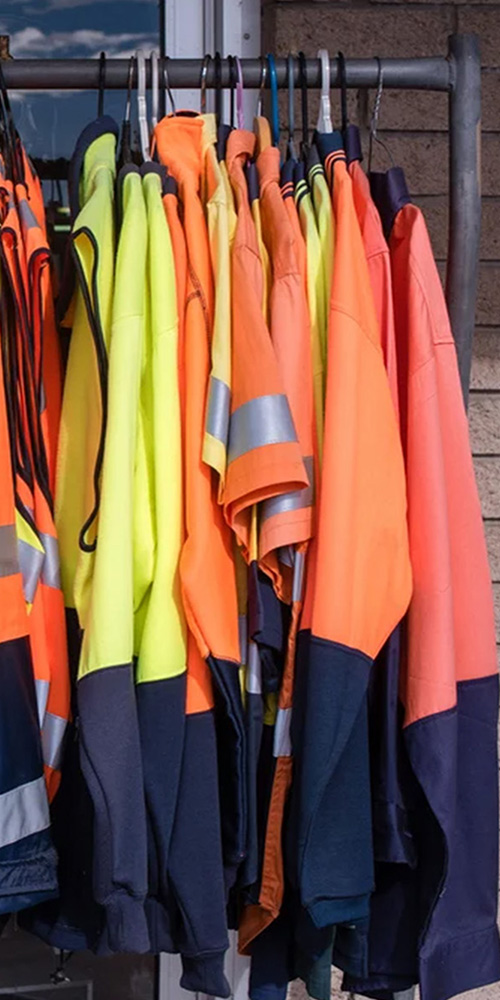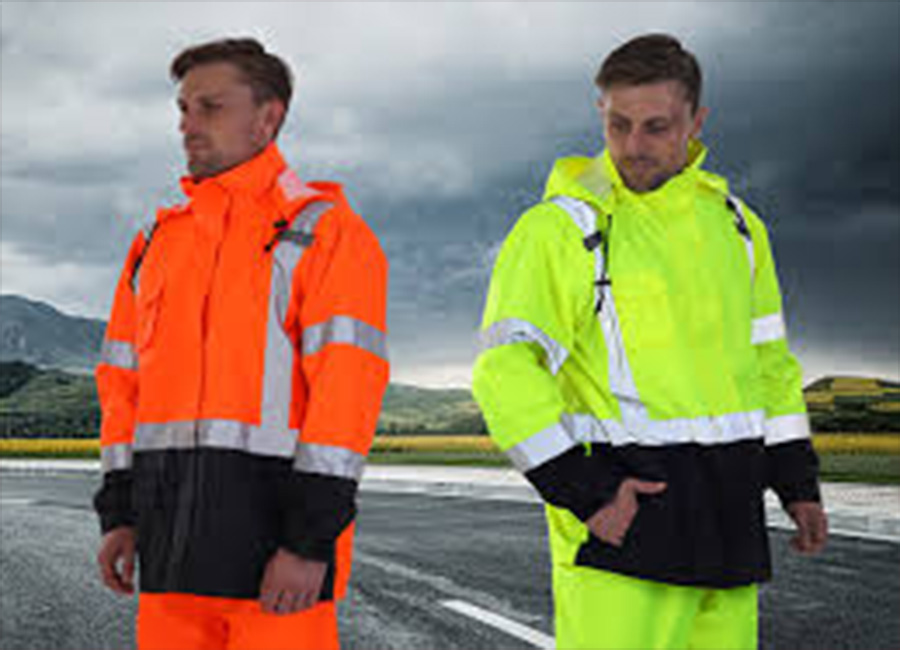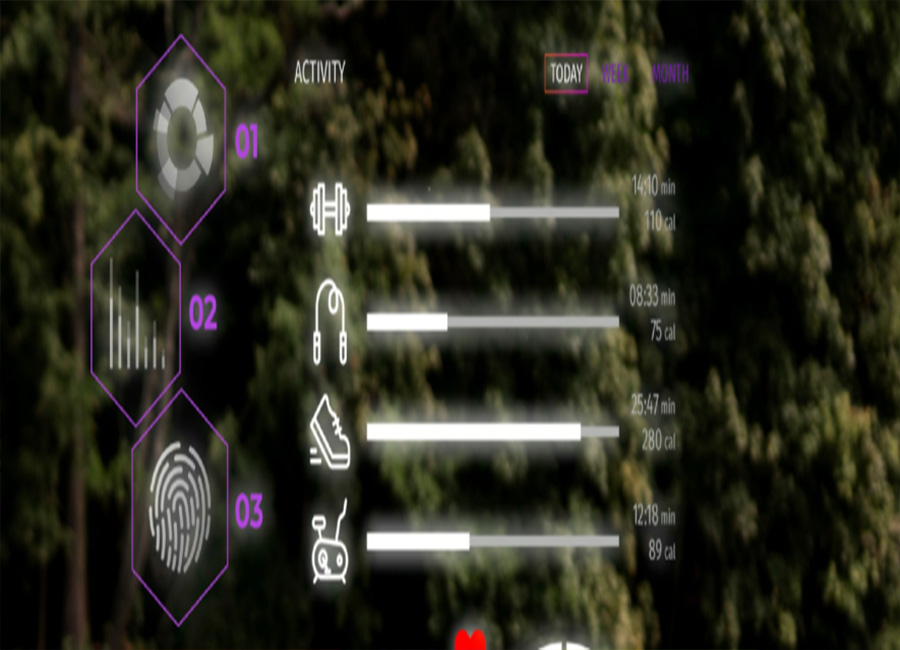PPE – Personal Protective Equipment
PPE is safety refers to the practice of maintaining a safe working environment for employees and visitors through the use of Personal Protective Equipment.
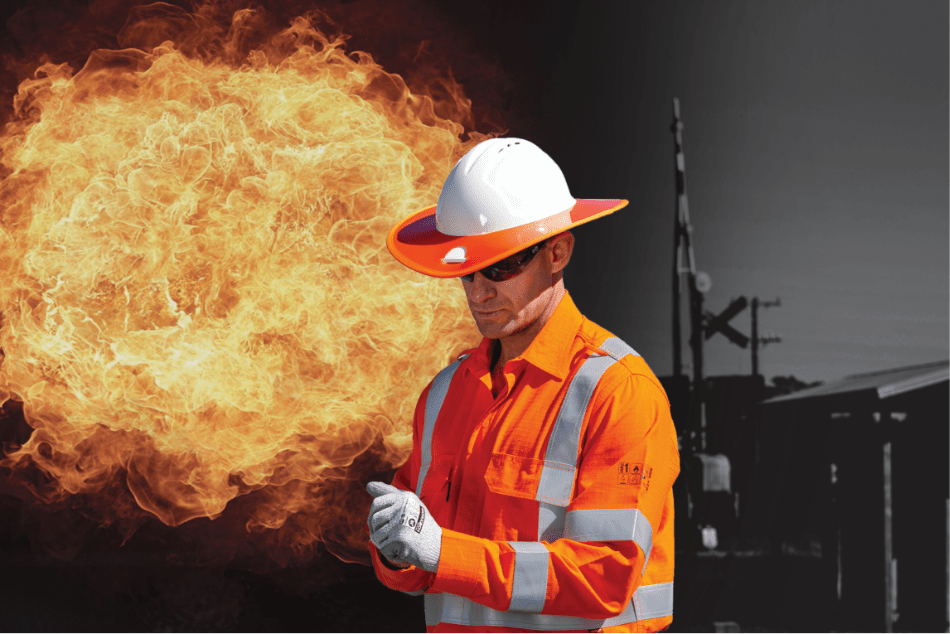
Twipake Tru Ppe
Personal Protective Equipment (PPE) it is an important thing in ensuring safety in various workplaces. Let’s delve into the specifics of PPE safety, particularly focusing on foot protection:
- What is PPE Safety?
- PPE safety refers to the practice of maintaining a safe working environment for employees and visitors through the use of Personal Protective Equipment.
- PPE encompasses protective gear for the eyes, head, ears, hands, respiratory system, body, and feet.
- It serves as the final line of defense when other control measures (such as engineering and administrative controls) are insufficient in reducing or eliminating risks.
- By using PPEs, businesses can protect employees from various hazards, including chemical exposure, infectious diseases (like COVID-19), and physical injuries1.
- Importance of PPE Safety:
- PPE is recommended as the last level of defense to prevent occupational injuries, illnesses, and fatalities.
- Benefits of using PPEs include:
- Preventing unnecessary workplace injuries.
- Shielding employees from excessive chemical exposure.
- Limiting the spread of germs and infectious diseases.
- Ensuring compliance with regulatory requirements.
- Improving employee productivity and efficiency1.
- Types of PPE for Foot Protection:
- Safety Shoes: These are essential PPE for foot protection in workplaces. They prevent injuries caused by:
- Heavy objects.
- Sharp piercing edges.
- Pinch points.
- Hot objects.
- Splinters.
- Chemicals.
- Electricity.
- Slippery surfaces.
- Cold weather (by keeping feet warm).
- Other examples of PPE for foot protection include:
- Safety Shoes: These are essential PPE for foot protection in workplaces. They prevent injuries caused by:
Remember, safety shoes are not just a requirement; they are an investment in the well-being of employees. Whether it’s construction, warehousing, factories, or kitchens, proper safety footwear ensures that workers can perform their tasks confidently and securely.
What Does PPE Mean?
Personal Protective Equipment (PPE) refers to protective clothing for the eyes, head, ears, hands, respiratory system, body, and feet. It is utilized to protect individuals from the risks of injury and infection while minimizing exposure to chemical, biological, and physical hazards. PPE serves as the final line of defense when engineering and administrative controls are insufficient in reducing or eliminating risks.
What is PPE Safety?
PPE safety is the practice of ensuring a safe, working environment for employees and visitors through the use of Personal Protective Equipment (PPE). Safety is paramount to all businesses across industries. Using PPEs, paired with inspections such as workplace and restaurant inspections, assessments like health and safety risk assessments, and analysis such as gap analysis—is essential to protect employees from risks and hazards.
Why is it Important?
According to the hierarchy of controls by the National Institute for Occupational Safety and Health (NIOSH), PPE (sometimes also referred to as PPE equipment)—is recommended to be the last level of defense to prevent occupational injuries, illnesses, and fatalities, but some businesses combined it with other control measures to ensure a safe and healthy environment for their workers. Here are some benefits of using PPEs:
- prevent unnecessary injury in the workplace;
- protect employees from excessive chemical exposure;
- prevent the spread of germs and infectious diseases including COVID-19;
- help businesses comply with regulatory requirements(e.g., The Personal Protective Equipment at Work Regulations 1992 that’s recently been extended to limb workers); and
- improve employee productivity and efficiency.
The 4 Basic Types of PPE and Their Examples
However, even the strictest controls will not necessarily eliminate all the risks associated with most job tasks and this is where the need for PPE must be evaluated. A hazard assessment can help identify which specialized PPE will be required. There are numerous types of workplace safety equipment available depending on the hazard exposure and work conditions. The following are basic PPE that can help protect employees:
Face and Eye Protection
PPE includes safety goggles and face shields and should be used for tasks that can cause eye damage or loss of vision, sprays of toxic liquids, splashes, and burns.
Safety Tips:
- Check if safety glasses comply with the ANSI Z87.1 eye protection standard.
- Ensure that there are no cracks or deformities on the lenses.
- Ensure the strap is in good working condition and is firmly sealed to the cheek and forehead.
- Clean and disinfect after use.
Respiratory Protection
PPE includes full-face respirators, self-contained breathing apparatus, gas masks, N95 respirators, and surgical masks are used for a task that can cause inhalation of harmful materials to enter the body. This includes harmful gas, chemicals, large-particle droplets, sprays, splashes, or splatter that may contain viruses and bacteria such as COVID-19, viral infections, and more.
Safety Tips:
- Ensure that the equipment is fit-tested and the employee has undergone proper training before wearing one.
- Carefully read the instructions to determine if it is designed to help protect against the hazards you may face.
- Change filters on half-mask or full-mask respirators frequently.
- Replace disposable respirators with every use.
- Surgical masks are not to be shared with anyone.
- Avoid touching the surgical mask after wearing it.
- Change surgical mask timely and should be disposed of after use.
- Replace the mask immediately if it is damaged or soiled.
Skin and Body Protection
PPE includes the following categories to protect employees from physical hazards:
Head Protection
PPE includes hard hats and headgears and should be required for tasks that can cause any force or object falling to the head.
Safety Tips:
- Ensure that there are no dents or deformities on the shell and connections are tightened inside.
- Do not store in direct sunlight as extreme heat can cause damage.
- Choose appropriate cleaning agents as it can weaken the shells of hard hats and may eliminate electrical resistance.
- Always replace a hard hat if it was used for any kind of impact, even if the damage is unnoticeable.
Body Protection
PPE includes safety vests and suits that can be used for tasks that can cause body injuries from extreme temperatures, flames and sparks, toxic chemicals, insect bites and radiation.
Safety Tips:
- Ensure that they are clean and free from cuts and burns.
- Always get a good fit to ensure full body protection.
- Ensure bodysuit is heat-resistant clothing when working with high-temperature hazards.
Hands Protection
PPE includes safety gloves and should be used for tasks that can cause hand and skin burns, absorption of harmful substances, cuts, fractures or amputations.
Safety Tips:
- Ensure hand protection fits perfectly with no spaces and is free from cuts, burns, and chemical residue.
- Always replace them if any sign of contamination was observed.
- Use rubber gloves when working with heat and electricity to reduce the risk of burn or electrical shock.
Foot Protection
PPE includes knee pads and safety boots and should be used for tasks that can cause serious foot and leg injuries from falling or rolling objects, hot substances, electrical hazards, and slippery surfaces.
Safety Tips:
- Ensure boots have slip-resistant soles that can protect against compression and impact.
- Ensure the sole plate is in good condition to prevent punctures.
Fall Protection
PPE includes safety harnesses and lanyards and should be strictly used for tasks that can cause falling from heights and serious injury or death.
Safety Tips:
- Ensure that the straps are free from tears, deformities, and burn marks.
- Check the buckles if connected securely and tightly.
- Dispose of the equipment if used after a falling incident.
Hearing Protection
PPE includes ear muffs and plugs and should be used for tasks that can cause hearing problems and loss of hearing.
Safety Tips:
- Ensure the equipment fit the ear canal perfectly.
- It is recommended to use formable earplugs to fit different sizes of ear canals.
- Use protectors that reduce noise exposure to an acceptable level to have room for communication.
- Ensure earplugs are clean and in good condition.
Other examples of PPE include:
- safety glasses or goggles
- safety shoes
- high-visibility clothing or vests
- heat-resistant gloves
- anti-vibration gloves
- welding PPE such as helmets and and flame-resistant clothing
- chemical-resistant suits or aprons
- safety harnesses and lanyards
Improve your EHS Management
Cultivate a safe working environment and streamline compliance with our EHS solutions.
Toolbox Talk for PPE
Workplace safety should begin with a hazard assessment. Once the hazards and risks have been identified, a plan can be put forward to prioritize and reduce the risk of injury. Useful systems and tools to perform hazard assessments include performing a risk assessment and a Job Safety Analysis (JSA).
The hierarchy of controls is a proven safety approach that helps protect employees. If elimination, substitution, engineering, and administrative controls are not enough to eliminate the risk, it is vital to choose the appropriate PPE carefully. Ensure employees are properly trained to use the safety equipment and be able to detect and report any damages before commencing work.
A toolbox talk about PPE is recommended to discuss the different kinds of PPE that can be used to minimize the likelihood and mitigate the effects of hazards. A toolbox talk template can help in assessing the sufficiency and availability of safety equipment for all employees.
PPE Safety Requirements
Safety Officers can promote safety in the workplace by following PPE safety requirements:
- Check work sites regularly for the need for PPE.
- If PPE is needed, provide employees with properly-fitted PPE.
- Train employees on OSHA PPE standards.
- Provide protective goggles or face shields when there is a danger of flying particles or corrosive materials.
- Require that safety glasses are worn at all times in worksites that pose a risk of eye punctures, abrasions, contusions, or burns.
- Provide and require protective gloves in situations where employees could be cut or possibly exposed to corrosive liquids, chemicals, blood, and other potentially infectious materials.
- Require the use of foot protection when there is a risk of foot injury from hot, corrosive, or poisonous substances, and falling objects.
- Inspect hard hats periodically for damage to the shell and suspension system.
- Maintain PPE in sanitary and ready-to-use conditions.
- Ensure that eyewash facilities and quick drench showers are easily accessible for employees when they are accidentally exposed to corrosive materials.
- Establish safe work procedures for disposing of or decontaminating PPE after hazardous exposures.
PPE Safety Examples
These examples of PPE safety are based on a free PPE checklist provided by Twipake for anyone to download and use for free.
| Nature of work: Laboratory (Chemical Handling) |
|
Potential hazards at work:
|
Digitize the way you Work
Eliminate manual tasks and streamline your operations.
Guarantee Proper Usage of PPE with PPE Courses
Giving personal protective equipment (PPE) for your workers alone is not enough to protect them from hazards, injuries, and accidents. This is especially true for industries such as construction, manufacturing, and healthcare. To make sure that their PPEs fully serve their functions, it’s crucial that your workers understand their proper use, maintenance, and disposal to protect themselves and the people around them. Thankfully, training now is made easy and convenient for you with online PPE courses that your workers can take any time and anywhere.
Here, you can use highly recommended premade courses that will cover the different types of PPE and demonstrate when and how to use them properly. Reinforcing PPE training will not only keep your workers safe from hazards but also boost productivity without any threat of unwanted incidents. Try Training, a mobile feature available on the Twipake platform.
All Training courses can be customized to fit the needs of your organization and be shared with your team in minutes. Workers can access the lessons in these courses even offline.
Try out Training now!
TwipakeMarketplace: Your One-Stop Work Gear & Equipment Shop
Improve safety in your workplace with Twipake Marketplace as your one-stop shop for all work gear and equipment needs. Get on-demand access to top quality and specialized work gear from trusted equipment brands in the industry—all in one centralized location. Raise the bar of safety and efficiency by empowering employees to request what they need with just a few taps, anytime and anywhere!
PPE Inspections with Twipake (formerly iAuditor)
Tracking the number of usable PPE is easier for safety officers as well and they are better equipped to provide what their employees need to get the job done.
Twipake provides a digital space for safety officers and employees to work towards PPE safety. By utilizing this app, safety officers are able to protect employees from the hazards of the job by ensuring that their PPEs are always in good condition. Make PPE inspections easy by being able to:
- Take pictures of PPE defects and even annotate photos to show where the damage is
- Perform hazard assessments to determine if enforcing PPE use is the best control measure for the task
- Generate PPE inspection reports instantly with just one tap, anytime, and anywhere
- Store inspection data in a safe and cloud-based recordkeeping
Beyond PPE inspections, SafetyCulture can also be used to develop an organization’s health and safety program by enabling safety officers to do the following:
- Enforce standardized safety protocols across teams and different sites
- Mitigate risks with a wide variety of free risk assessment templates
- Plan corrective actions immediately to prevent incidents from occurring
Discover a better, faster, and easier way to empower teams in the workplace.
Twipake has helped businesses around the world achieve
60%
reduction in reporting time*
49%
savings from safety & compliance improvements*
60%
increased audit & data management efficiency*
*Reported in Forrester’s study: The Total Economic Impact™ of Twipake’s Operations Platform
PPE Checklist
PPE Safety Checklist
Download Free PPE Safety Checklists
Personal Protective Equipment (PPE) Safety Checklists are used by safety officials and supervisors to help identify tasks that require PPE, ensure staff is using the right equipment, and reduce overall harm. This page features the most downloaded PPE checklists from OSHA and other best practice checklists. Use SafetyCulture a web and mobile inspection app, to conduct regular PPE self-inspections, identify tasks that require PPE, and ensure staff is using the right equipment. Get started with these free customizable PPE checklists to find out how you can prevent accidents at work.
Personal protective equipment (PPE) is protective clothing, helmets, goggles, or other garments or equipment designed to protect the wearer’s body from injury or infection. The hazards addressed by protective equipment include physical, electrical, heat, chemical, biohazards, and airborne particulate matter. Protective equipment may be worn for job-related occupational safety and health purpose
Who We Are?
TWIPAKE LIMITED is the leading distributors, Agent and supplier of quality TRu safety products, Force360 and Bata Industries in Tanzania and All East Africa (EA) Countries Tanzania, Kenya, Uganda, Rwanda, Zambia, Zimbabwe, Mozambique, Zimbabwe, Congo and Burundi.
TRu Brands | Head to Toe Safety Solutions , Bata Industrials Australian Footwear | TRu Brands, Force360 Gloves & PPE Safety Solutions | TRu Brands , BBF Safety Group (Pty) Ltd and Honewell Brands
You can Visit Us for More Details: –
Home | About Us | Our services |Our brands | Store locator | Contact Us | News
For More Information about Twipake Limited: –
Terms and conditions | Privacy policy | Size guide | Help and support | Shipping and delivery | Returns and refunds | FAQs
We deal with All Kind of PPE Protection you can see or services on the Below: –Body Protection | Respiratory Protection | Fall Protection | Foot Protection | Hand Protection | Hearing Protection | Eye And Face Protection | Heat Protection | Gas Protection | Head Protection | Chemical Protection | Lock Out And Tag Out Protection | PPE Tools And Accessories
Our Products are from Leading International PPE Brands We are Main Agent of Tru , Force360 and Bata Industries In Tanzania and East Africa: –
Tru | Bata Industries | Force360 | Honeywell | Optrel | Regeltex | BBF | Nikki | Bova | Vaultex | CAT | 3M Safety | Deltaplus | Checkpoint Martins | Vehicle Safety Flags | Granite Workwear | Drager Graeger | Wilhelmsen | Jonsson | Alcohol Breathalysers | MTS | Red Wings | Workland Safety | MSA
Twipake is The Leading Suppliers of Personal Protective Equipment, Our PPE Main Categories are: –
PPE | FOOTWEAR |WORKWEAR | MEN |WOMEN | FASHION
Further More In PPE tools and Safety Gear We have Customers from different categories and the different category of Safety PPE Tools used: –
Safety Tools PPE | Industrial Safety PPE | Contractor Safety PPE | Mining Safety PPE |ICT Networking And Telecom Engineering PPE | Oil And Gas PPE | Security and Guard PPE | Electrical Engineering PPE | Civil and Construction Engineering PPE | Shipping, Marine and Fishing Engineering PPE | Explorations And Survey Engineering PPE | Mechanical Engineering PPE | Hospitality & Hotel Safety PPE | Tour Guide Safety PPE | Clinical, Health & Hospital Safety PPE | Personal Protective Equipment (PPE) | Safety Gear PPE
Our PPE International Recognized Brands
Tru | Bata Industries | Force360 | Honeywell | Optrel | Regeltex | BBF | Nikki | Bova | Vaultex | CAT | 3M Safety | Deltaplus | Checkpoint Martins | Vehicle Safety Flags | Granite Workwear | Drager Graeger | Wilhelmsen | Jonsson | Alcohol Breathalysers | MTS | Red Wings | Workland Safety | MSA


